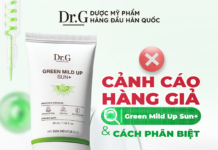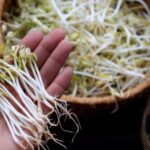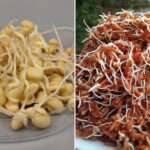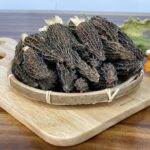Pork Cheek Meat – A Delicate Cut from the Pig’s Face
Gourmets have long whispered about a rare cut of pork, dubbed the “hidden gem” – the pork cheek meat. Unlike the fatty and easily accessible outer cheek, the pork cheek is nestled deep within the inner cheek, close to the tongue – an area that sees a lot of action, resulting in firm meat interlaced with tender tendons.
Each pig yields only about 200-300 grams of this delicate meat, amounting to just two small pieces. With such scarce availability, it’s no wonder that food connoisseurs have to go on a “hunt” to get their hands on it. Some enthusiasts arrive at the market as early as 5 am, and others even establish connections with sellers to “reserve” this coveted cut.
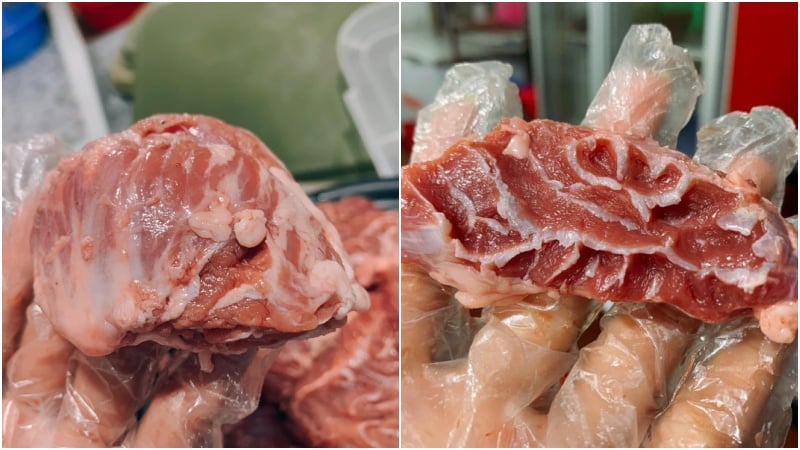
Why is Pork Cheek Meat So Desirable?
It’s not by chance that pork cheek meat is considered a “rare delicacy.” This exclusivity stems from three key factors:
- Unique Texture: Pork cheek meat offers a delightful contrast of tender yet crunchy bites. The lean meat, thin fat, and delicate tendons create a slightly chewy sensation without being tough. When prepared correctly, the meat melts in your mouth without any greasiness.
- Distinctive Flavor: Unlike the more common pork loin or belly, pork cheek meat boasts a natural sweetness that lends itself beautifully to congee, stir-frying, braising, or grilling.
- Extreme Rarity: With only a few ounces of pork cheek meat per pig, butchers often reserve it for their regular customers. During holidays and festive seasons, the price can soar to 350,000 VND per kilogram, double that of regular pork cuts.
Nutritional Benefits That Can’t Be Overlooked
Aside from its delectable taste, pork cheek meat boasts an impressive nutritional profile:
- Abundant in High-Quality Protein: It provides energy and supports muscle growth, making it ideal for children and athletes.
- Rich in Vitamin B6, B12, and Zinc: These nutrients enhance nerve function, boost immunity, and promote healthy blood circulation.
- Natural Collagen from Tendons: This collagen helps maintain skin elasticity, reduces joint pain, and is especially beneficial for women over 30.
However, pork cheek meat does contain a certain amount of fat, so it’s best enjoyed in moderation – about twice a week – and balanced with green vegetables for optimal nutrition.
Tips for Buying Fresh and Authentic Pork Cheek Meat
Given its rarity and high price, purchasing authentic pork cheek meat requires consumers to be vigilant and discerning. Here are some golden tips from experienced home cooks:
- Beat the Morning Rush: Aim to arrive at the market between 5 and 6 am, before the stalls sell out of their rare offerings. If you’re buying from a supermarket, inquire about the timing of new stock arrivals (usually between 6 and 7 am).
- Pre-order if Possible: For larger stalls or butcheries, you can place an advance order via phone or messaging apps like Zalo. This ensures you don’t miss out.
- Know Your Pork Cheek Meat: Genuine pork cheek meat has a light pink hue, bright white fat, and a dry surface. When gently pressed, the meat should be resilient, without any water discharge or unusual odors.
- Beware of Counterfeits: Some vendors may sell outer cheek meat or meat close to the tongue, which is not pork cheek meat, at suspiciously low prices. Be cautious if the price dips below 150,000 VND per kilogram.
- Opt for Reputable Sources: Larger markets like Đồng Xuân (Hanoi) and Bến Thành (Ho Chi Minh City), or major supermarkets, often sell pork cheek meat in trays with clear origin traceability.
Proper Storage to Preserve Flavor and Freshness
Chiller (0-4°C): Consume within 2-3 days.
Freezer (-18°C): Consume within 3 months.
For best results, thaw the meat slowly overnight in the chiller before cooking to maintain its texture.
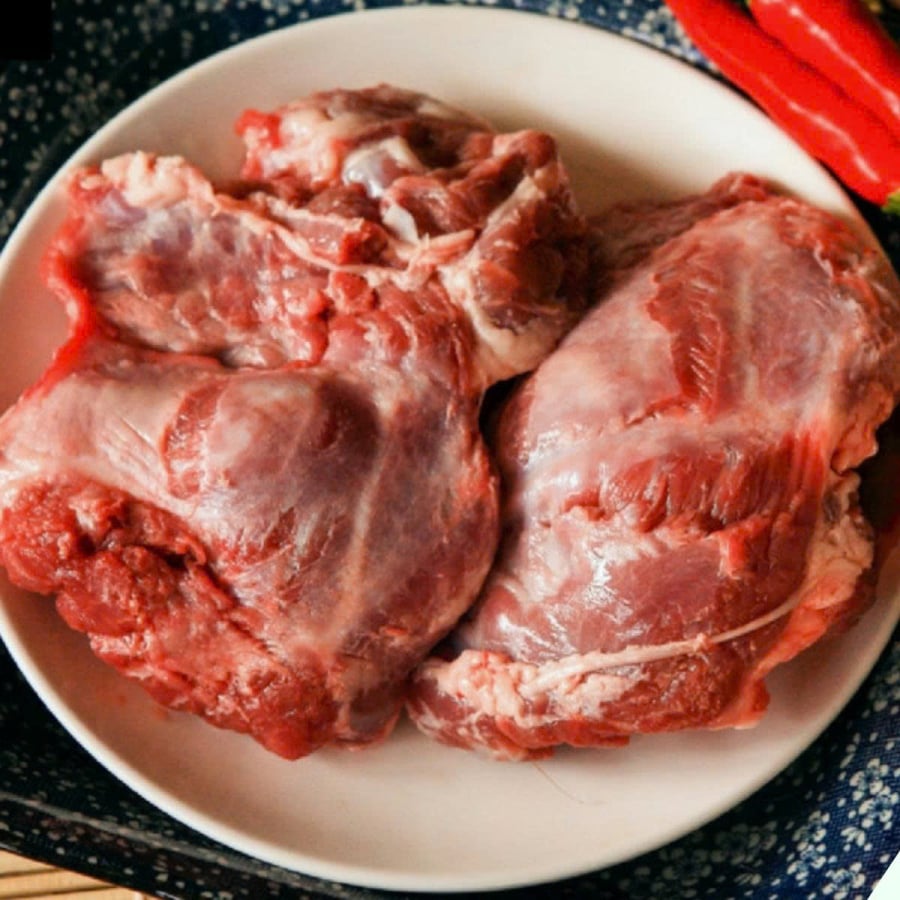
Given its high price and rarity, it’s understandable if you hesitate before purchasing pork cheek meat. However, if you’re seeking a unique pork delicacy with an extraordinary texture and a nutritional punch, pork cheek meat is worth the splurge.
You don’t have to make it a regular purchase, but when the opportunity arises, indulge in this culinary adventure to discover why food connoisseurs go to such lengths. If you can’t find it, you can substitute with tender shoulder meat or the meat from under the tongue – while not as sublime, these cuts are still delicious and nutritious.
The Ultimate Superfood: Discover the Vegetable That Grows with Ease and Packs a Powerful Vitamin C Punch
Water dropwort, or rau ngót, is an incredibly easy vegetable to grow, requiring only a simple branch-plugging technique to thrive. But beyond its accessibility as a household food, rau ngót is a bona fide “superfood,” boasting a vitamin C content that surpasses that of oranges and tangerines tenfold.



